Organizational Behavior: Definition, Features, Importance, and Challenges/Opportunities
What is Organizational Behavior (OB)?
Organizational behavior (OB) is made up of two words organization and behavior. First of all, an organization is a purposeful assembly of people who bring diverse skills, abilities, knowledge, and backgrounds to work together in a coordinated manner toward common goals. It serves as a collaborative environment where individuals contribute collectively, relying on their unique strengths and capabilities.
Secondly, behavior is a response of an individual or group to an action, idea, or situation. It can also be defined as an observable and measurable activity of a human being.
Now, in conclusion, we can say that organizational behavior is the study of human behavior in the organizational environment. Organizational behavior understands human attitudes, characteristics, nature, and performance within an organizational setting.
Many scholars have defined organizational behavior in their own way some of them are;
- Organizational behavior is directly concerned with the understanding, prediction, and management of human behavior in organizations – Luthans
- OB is the study of what people think, feel, and do in and around organizations – McShane and Glinow
So we can also say that organizational behavior studies how people can be encouraged to behave in ways that will improve their performance and relation in order to achieve organizational objectives. It is also the study of what people think, feel, and do in and around the organization.
Organizational behavior refers to the study of how individuals and groups behave within an organization and how their behavior affects the organization as a whole. It encompasses various aspects such as individual behavior, group dynamics, leadership styles, communication patterns, and organizational culture

Characteristics of Organizational Behavior
The following are the features of Organizational Behavior.
Management Concept
Management concept is one of the important features of organizational behavior. It harmonizes diverse talents and resources, setting goals and directing actions toward success. It’s the art of balancing efficiency and effectiveness, inspiring teamwork, and optimizing processes to create a symphony of productivity and growth.
Future-oriented
Organizational behavior with a “future-oriented” mindset always leads to a successful organization. It fosters an eagerness to anticipate and adapt to upcoming trends, embracing change as an opportunity for growth. It’s the secret ingredient that transforms challenges into stepping stones toward success.
Goal Oriented
Organizational behavior, like a compass guiding a ship, embraces “goal orientation.” It channels the collective aspirations and ambitions of individuals within a group, aligning them toward a common destination.
Multidisciplinary
“Multidisciplinary” in organizational behavior means that the field draws knowledge and insights from various disciplines like psychology, sociology, and management. It combines different perspectives to understand and address workplace dynamics, individual behavior, group dynamics, and organizational performance.
Multiple Levels
“Multiple levels” in organizational behavior refers to the idea that behavior within an organization occurs at various levels, such as individual, group, and organizational levels. It recognizes that actions and interactions within these levels influence overall organizational functioning and success.
Systematic Study
Systematic study in organizational behavior refers to the structured examination of how people behave within an organization. It involves gathering data, analyzing patterns, and drawing conclusions based on scientific methods.
This approach helps understand and predict behavior, enabling organizations to make informed decisions for better management.
Situational
“Situational” in organizational behavior refers to the understanding that different situations and contexts can influence how individuals and groups behave within an organization. Factors like culture, leadership styles, and tasks can impact behavior, highlighting the need for flexibility and adaptability in managing people effectively.
Importance of Organizational Behavior
The following are the importance of organizational behavior:
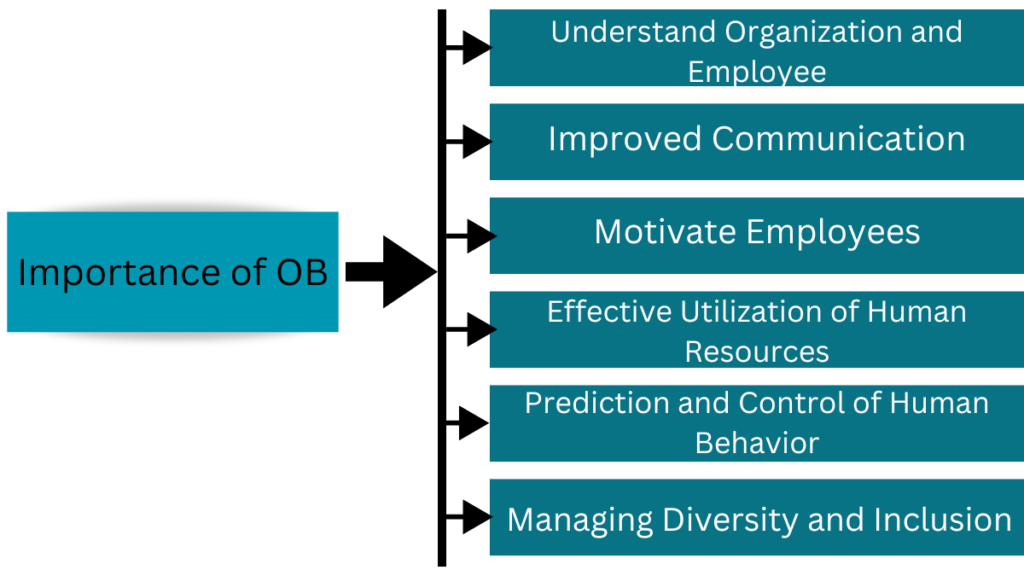
Understand Organization and Employee
The field of organizational behavior (OB) enhances our comprehension of both organizations and individuals. By developing positive and harmonious relationships between employees and their workplace, OB contributes to establishing a conducive work environment. This understanding is crucial as it promotes the smooth and efficient functioning of organizations.
Improved Communication
OB provides insights into effective communication practices, including active listening, clear instructions, and open dialogue. By understanding communication dynamics, organizations can encourage to have better relationships among employees and promote a positive work environment.
Motivate Employee
OB helps motivate employees by understanding their individual needs, recognizing their achievements, and developing a positive work environment. By tapping into their intrinsic motivations and creating a supportive atmosphere, OB inspires employees to give their best and feel valued in their roles.
Effective Utilization Of Human Resources
OB helps organizations make the most of their people. By understanding how employees think, feel, and behave, OB helps managers create a work environment where employees can thrive, contribute their best, and unleash their full potential for the organization’s success.
Prediction and Control of Human Behavior
Understanding human behavior is essential in OB as it allows organizations to predict and influence employee actions. By gaining insights into motivation, attitudes, and decision-making, companies can create strategies to shape behavior, leading to improved performance, teamwork, and overall organizational success.
Managing Diversity and Inclusion
In today’s globalized and diverse workforce, organizations need to embrace diversity and create inclusive environments. OB helps organizations understand the impact of diversity on employee behavior and performance.
Organizational Behavior offers insights into managing diversity, promoting inclusivity, and leveraging the strengths of a diverse workforce. By encouraging the development of an inclusive culture, organizations can tap into the diverse perspectives, experiences, and talents of their employees.
Levels of Organizational Behavior (Scope of OB)
Organizational behavior can be understood as the study of how people interact within an organization. It involves examining individual and group dynamics, as well as the impact of organizational structures and processes on employee behavior. Organizational behavior can be understood at different levels, which are as follows:
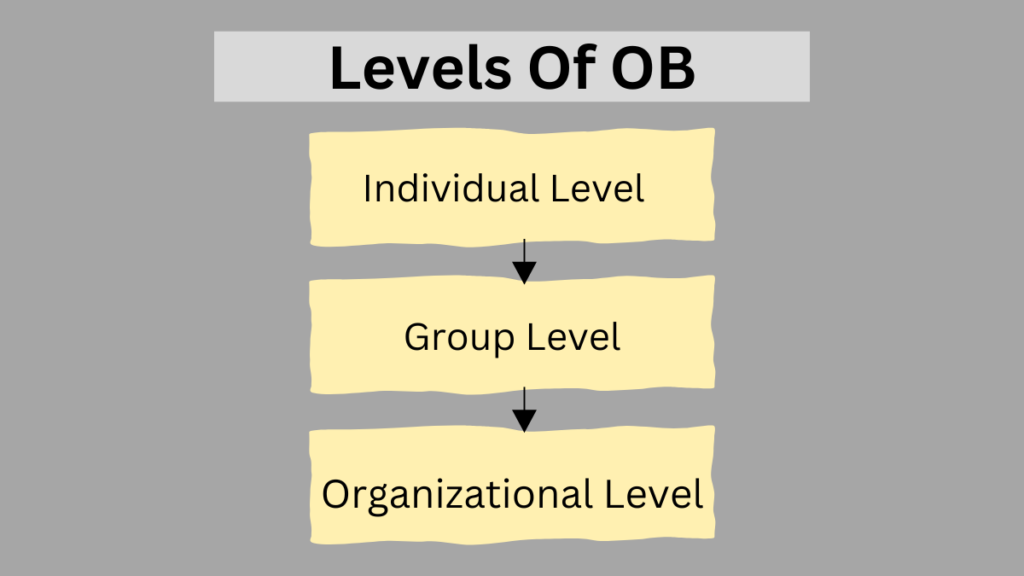
Individual Level
This level focuses on understanding the behavior and attitudes of individuals within an organization. It examines factors such as personality, perception, motivation, job satisfaction, and individual decision-making. It seeks to understand how individual characteristics and experiences influence their behavior and performance in the workplace.
Group Level
At this level, the focus shifts to the behavior and dynamics of groups within an organization. It looks at how groups form, develop, and function. This includes studying factors such as group norms, cohesion, communication patterns, leadership, and decision-making within groups.
The group level of analysis also explores how individuals’ behavior is influenced by the presence of others in a group setting.
Organizational Level
This level examines the overall behavior and functioning of an organization as a whole. It considers factors such as organizational culture, structure, power dynamics, communication networks, and the overall climate of the organization. The organizational level of analysis seeks to understand how these factors shape the behavior and performance of individuals and groups within the organization.
In conclusion, these levels of organizational behavior are interconnected and influence each other. The behavior and actions of individuals affect group dynamics, which, in turn, impact the overall behavior and performance of the organization. Similarly, the behavior and interactions between organizations can influence the behavior and functioning of individual organizations. The study of organizational behavior at these different levels helps in understanding and managing human behavior within organizations.
Challenges and Opportunities of Organizational Behavior
Challenges and Opportunities are the final products of the organization. Organizational success depends upon the minimum level of challenges and maximum level of opportunities. Following are Challenges and Opportunities in Organizational Behavior;
Globalization
Globalization is the process of breaking down borders and bringing people closer together through trade, communication, and cultural exchange. It’s a world where distance doesn’t matter, and we’re all part of a global village. It connects people, ideas, and businesses worldwide.
Challenges: It exposes organizations to increased competition from global players, requiring them to adapt to changing market dynamics and customer preferences. Organizations face challenges in managing diverse cultural contexts, regulatory frameworks, and supply chains across multiple countries.
Opportunities: Globalization provides opportunities for organizations to expand into new markets, access a larger talent pool, collaborate with international partners, and benefit from economies of scale. Successful organizations embrace globalization by developing strategies that capitalize on the opportunities while mitigating the challenges it presents.
Workforce Diversity
Workforce diversity refers to the inclusion of people from various backgrounds, cultures, and identities within an organization. It means having employees with different characteristics, such as gender, race, age, ethnicity, religion, sexual orientation, and abilities, working together in a supportive and inclusive environment.
Challenges: Managing a diverse workforce can be challenging due to potential conflicts arising from differences in cultural backgrounds, perspectives, and communication styles. Organizations must foster an inclusive environment, promote equal opportunities, and effectively manage diversity-related issues to create a harmonious and productive workplace.
Opportunities: Diverse teams have access to a broader range of ideas, creativity, and problem-solving approaches, leading to innovation and better decision-making. Embracing diversity can enhance organizational adaptability and competitiveness, as it enables organizations to understand and cater to diverse customer needs in global markets. It also helps attract and retain top talent, as diverse individuals are more likely to seek opportunities in inclusive and diverse organizations.
Quality and Productivity
Quality diversity refers to having a variety of characteristics, skills, and perspectives among individuals or elements within a group or organization, which enhances the overall quality of output or outcomes. Productivity diversity refers to the different levels of productivity or efficiency among individuals or elements within a group or organization.
Challenges: Maintaining high quality is a challenge as it requires adherence to strict standards, continuous improvement, and meeting customer expectations. Failure to meet quality standards can result in customer dissatisfaction, reputation damage, and loss of market share.
Opportunities: Ensuring productivity is an opportunity for organizations to maximize efficiency and output. It involves streamlining processes, optimizing resources, and enhancing employee performance. Improved productivity leads to cost savings, increased competitiveness, and higher customer satisfaction. Balancing quality and productivity is essential for organizational success.
Improving People Skills
Improving people’s skills means helping individuals enhance their abilities and knowledge in a particular area. It’s like sharpening a tool to work better. It involves providing training, guidance, and practice, enabling individuals to become more capable, confident, and effective in their chosen field.
Challenges: The main challenge arises in identifying the specific skills needed, designing effective training programs, and ensuring employee engagement and motivation. Additionally, there may be time and financial constraints in implementing training initiatives.
Opportunities: Developing employees’ skills creates opportunities for enhanced productivity, innovation, and competitiveness. Skill development improves overall performance, enables organizations to adapt to changing market trends, and fosters a culture of continuous learning and growth. Embracing these opportunities can lead to a skilled and capable workforce that drives organizational success.
Empowerment of Employees
Empowerment of employees means giving them the authority, resources, and trust to take ownership of their work and make decisions. It’s like giving them wings to fly, allowing them to unleash their potential, contribute ideas, and feel valued, leading to greater motivation and job satisfaction.
Challenges: Empowering employees involves delegating decision-making authority and granting autonomy, which can be challenging for organizations accustomed to a top-down approach. Organizations must overcome the fear of losing control and ensure that employees are equipped with the necessary skills and resources to make effective decisions.
Opportunities: Empower employees to develop a sense of ownership, motivation, and innovation. It encourages collaboration, boosts employee morale, and enables organizations to tap into the diverse perspectives and talents of their workforce, leading to increased productivity and adaptability.
Use of Technology
This is the age of technology. Technology refers to tools, machines, and systems created by humans to solve problems, make tasks easier, and improve our lives. It’s like a set of magic tricks that humans have invented to perform tasks faster, communicate better, and explore new possibilities. The optimum use of technology has created new challenges and opportunities in the field of organizational behavior.
Challenges: The use of technology presents several challenges for organizations. Firstly, rapid technological advancements require organizations to constantly adapt and upgrade their systems, which can be costly and time-consuming. Secondly, cybersecurity threats pose a significant risk, as organizations need to protect sensitive data and maintain secure networks. Finally, the reliance on technology can lead to a potential loss of human interaction and collaboration, impacting employee engagement and teamwork.
Opportunities: Technology also provides numerous opportunities for organizations. It enables automation and streamlining of processes, leading to increased efficiency and productivity. Additionally, technology allows for data-driven decision-making, as organizations can gather and analyze large amounts of information to gain valuable insights. Furthermore, technology facilitates global connectivity and remote work, expanding market reach and talent acquisition. Embracing technology can result in enhanced customer experiences, innovation, and competitive advantage for organizations.
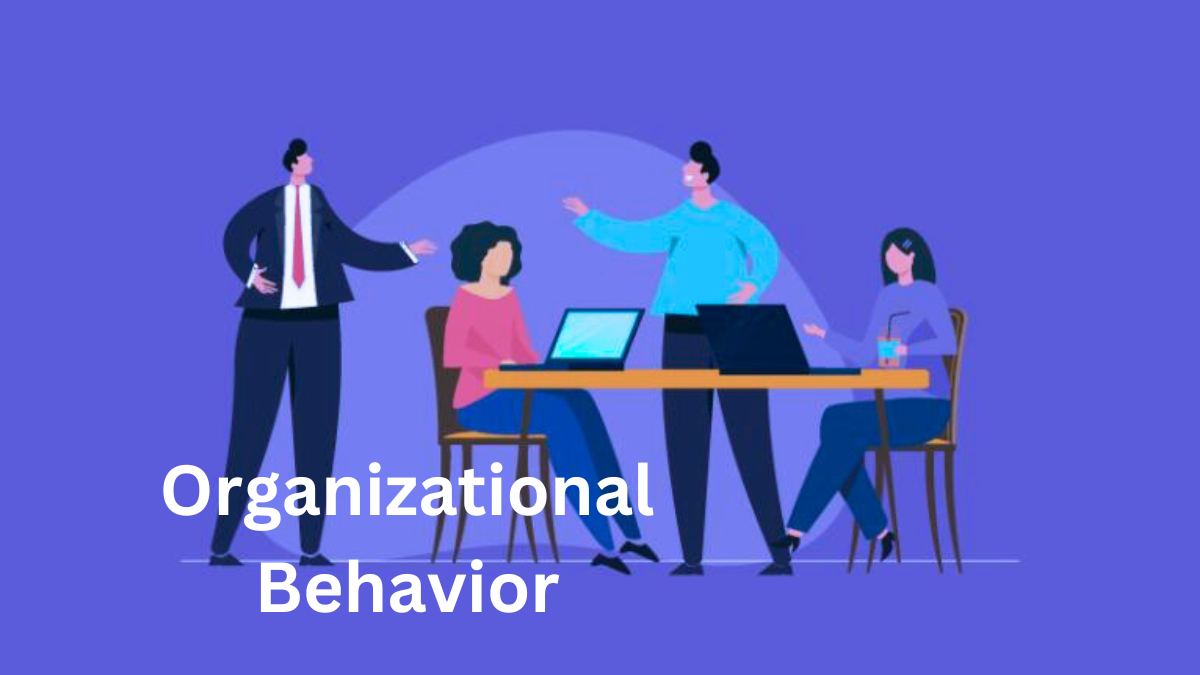
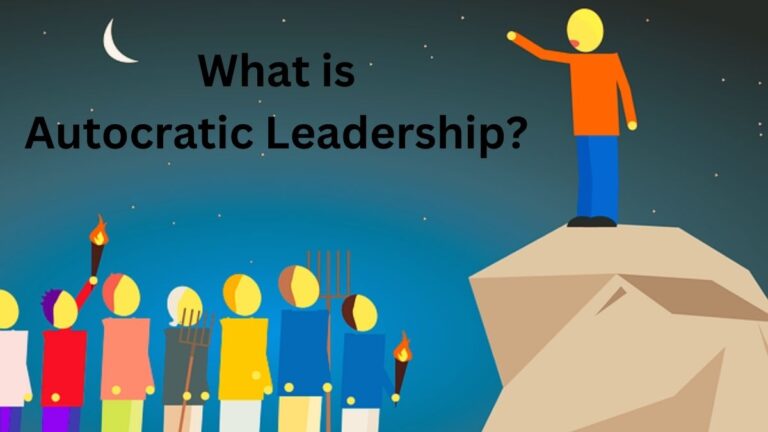
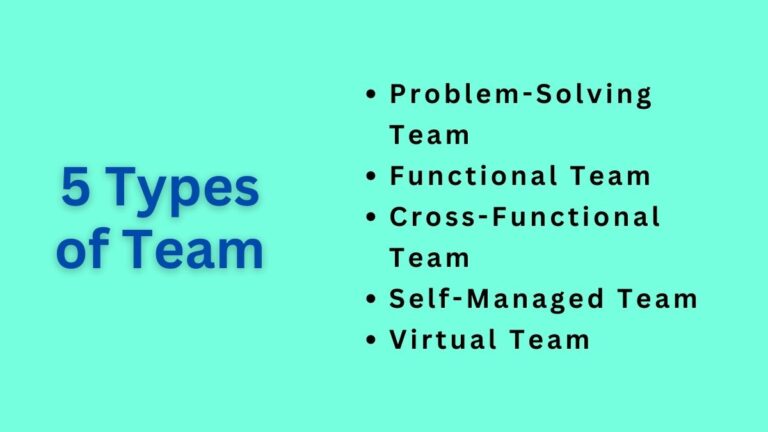
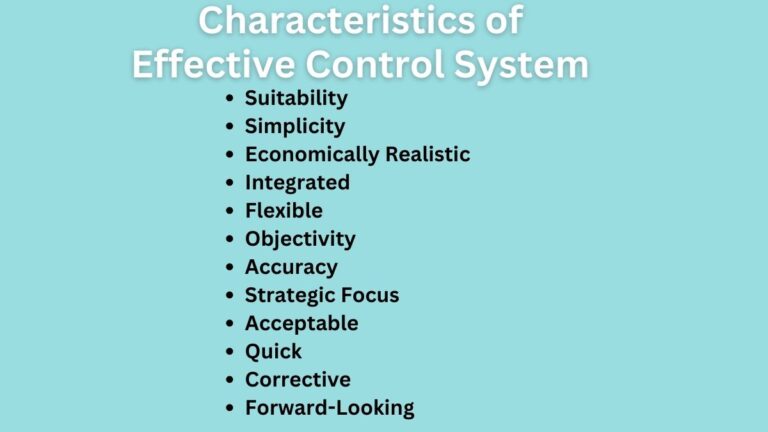
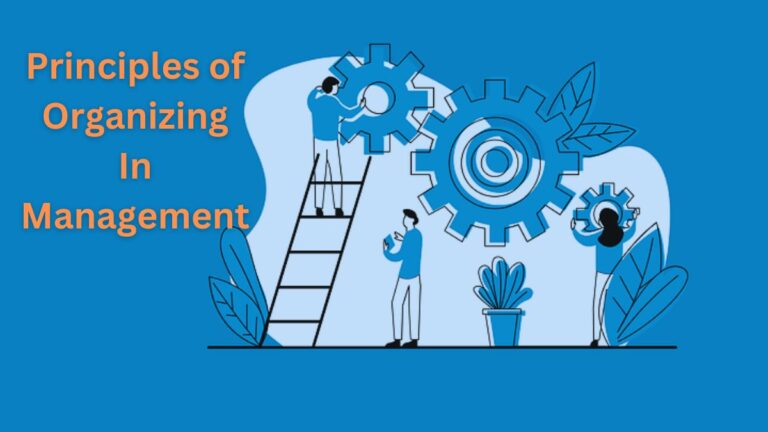
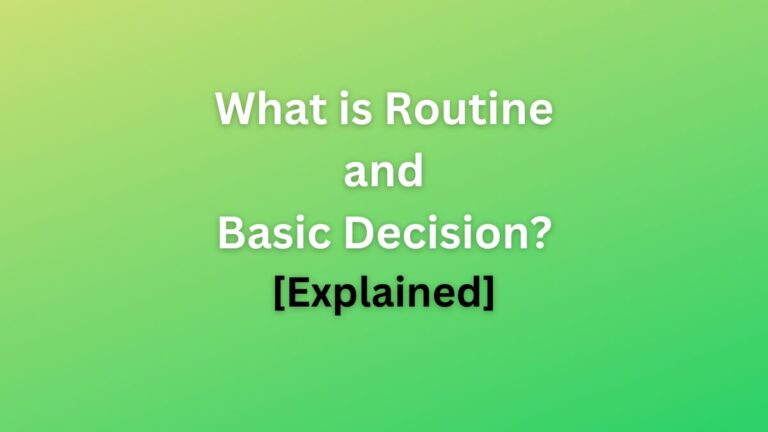
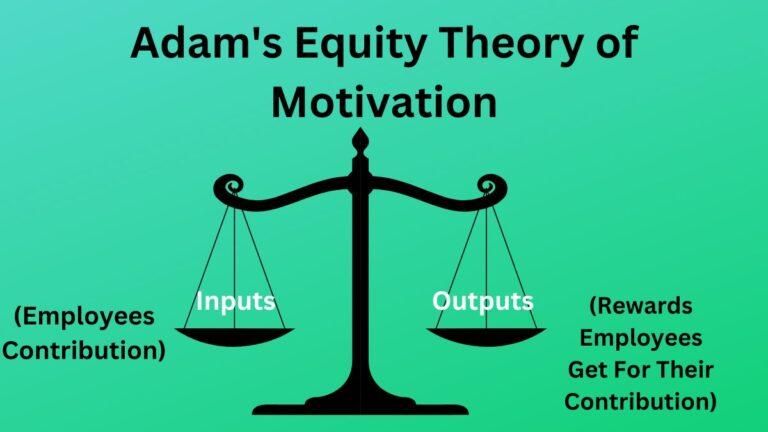
the content is actuaaly perfect
Thanks for appreciation, Syloz.